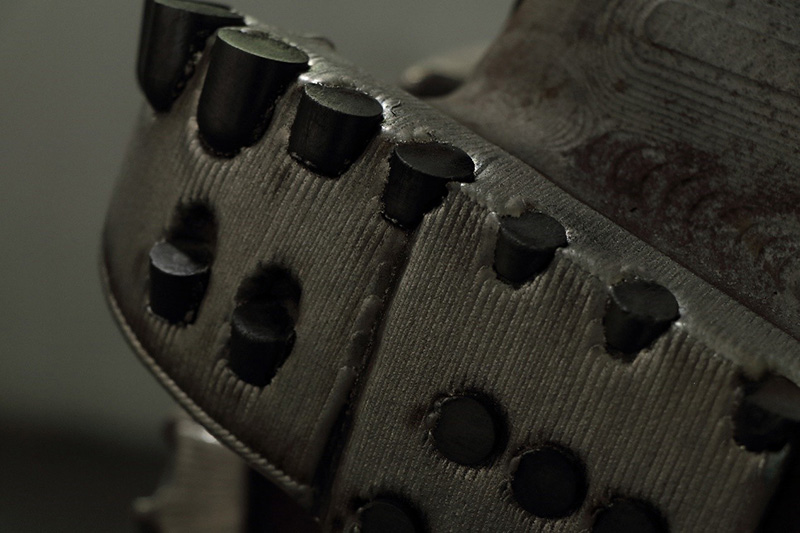In the global manufacturing industry's ongoing quest for higher performance, longer service life and more sustainable production methods, laser cladding technology is becoming a key driver of progress due to its precise, efficient and environmentally friendly nature. This cutting-edge technology is having a profound impact on the aerospace, automotive and energy exploration industries with its significant advantages in material utilization, component repair and performance enhancement.
Laser cladding technology utilizes a high-energy laser beam to melt powdered or filamentary materials and precisely deposit them onto a substrate material to form a robust cladding layer. The core advantage of this technology is its ability to significantly improve the surface's resistance to wear, corrosion and high temperatures without affecting the properties of the substrate material itself.


Technical details and industry implications include:
● Durability and Performance Improvement: Laser cladding technology can effectively improve the durability of industrial components under extreme operating conditions, such as resistance to high temperatures, abrasion, and chemical attack, thereby extending the service life of the component and improving overall system reliability.
● Cost-effective repair and remanufacturing: The technology provides an economically viable method for the repair and remanufacturing of components, especially for high-value components such as aero-engine blades and molds, helping to reduce costs and improve resource utilization.
● Increased productivity: Laser cladding offers a high degree of automation and fast processing speeds compared to traditional cladding methods, helping to shorten cycle times and increase productivity.
● Sustainability and Environmental Impact: Laser cladding reduces material waste and minimizes the emission of hazardous substances, which is in line with the concept of green manufacturing and sustainable production.
● Driver of innovative design: Laser cladding technology provides designers and engineers with more design freedom, enabling them to explore new material combinations and complex geometries, thus driving innovation in product design and performance.
● Economic Benefits: Although the initial investment cost is relatively high, the return on investment for laser cladding technology is significant in the long term due to significantly longer component life and lower maintenance costs.
● As laser technology continues to advance, laser cladding is becoming more and more affordable and its application areas are expanding. It is expected that this technology will become a standard process option in the manufacturing industry in the near future and continue to drive innovation and competitiveness in the global manufacturing industry.
● Wide range of industries: From precision components in medical devices to large equipment in heavy industry, the applicability of laser cladding technology covers a wide range of industries and applications, providing technological solutions for companies of all sizes.
● Customized solutions: Different industries and applications have different requirements for material properties. Laser cladding technology is able to customize the material composition and properties of the cladding layer according to the specific needs of the customer, providing the best industrial solution.
● Technical education and training: In order to meet the talent needs of the laser cladding industry, educational institutions at all levels are introducing courses and training programs to train the next generation of technologists to drive the continued growth of the industry.
The importance of the laser cladding industry lies not only in its direct technical and economic contribution, but also in the future trends it represents for manufacturing. As the global economy continues to seek efficient, precise and environmentally friendly manufacturing solutions, laser cladding will undoubtedly play an increasingly important role in the future of manufacturing.
Post time: May-25-2024